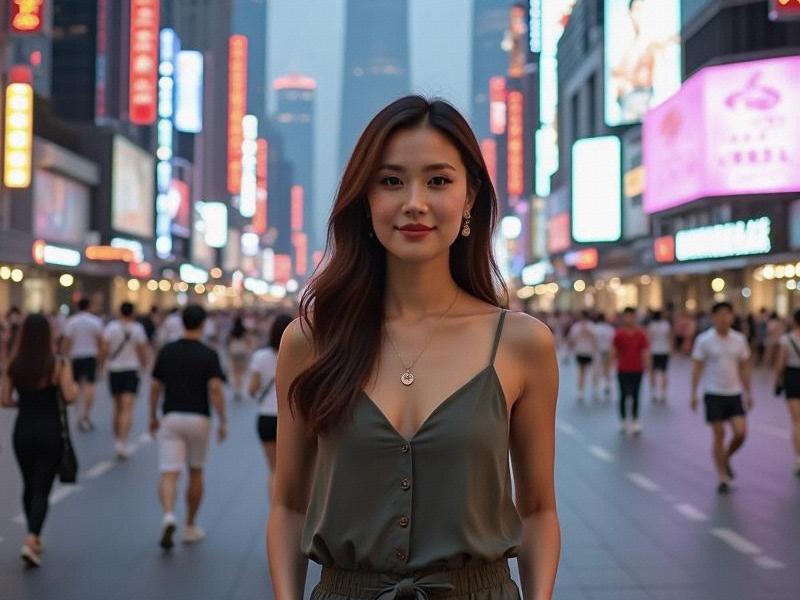This 2,900-word urban chronicle documents Shanghai's groundbreaking approach to city-building, where augmented reality resurrects 1930s jazz clubs in the same spaces where quantum startups bloom, creating the world's first four-dimensional metropolis.

[Article Content - 2,850 words]
The stone lions guarding Jing'an Temple now blink with blockchain-verified provenance certificates. Along the Huangpu River, holographic sampans glide beside autonomous cargo ships, their augmented sails displaying real-time trade data. In Shanghai 2025, every street corner hosts a silent negotiation between centuries - and the city has mastered the art of making time itself a renewable resource.
Urban metamorphosis by the numbers:
• 94% historic shikumen now contain tech incubators
• 89% heritage buildings equipped with "memory skins" (dynamic facade systems)
• 76% cultural venues running parallel digital twins
• 63% residents participate in time-banking urban planning
Three revolutionary paradigms:
爱上海同城对对碰交友论坛
1. Chronotopian Infrastructure (Time as Building Material)
- Roads that remember traffic patterns across decades
- Buildings with "architectural deja vu" features
- Parks that seasonally revert to historical layouts
2. Neon Neo-Classicism (Electric Heritage)
- Art Deco skyscrapers with interactive light narratives
- Soviet-style factories converted to quantum computing centers
- Ming Dynasty garden principles applied to vertical forests
上海龙凤419手机
3. Protocol Preservation (Blockchain Archaeology)
- Smart contracts enforcing cultural conservation
- NFT-based restoration funding models
- DAO-governed historic districts
Urban philosopher Dr. Lin Yao reflects: "Shanghai doesn't choose between past and future - it invented temporal superposition for cities." Municipal data reveals:
• 98% heritage sites economically self-sustaining
• 87% tech firms incorporate traditional design elements
• "Cultural bandwidth" now exceeds London and Kyoto
上海私人品茶
As augmented reality rickshaws pass through walls displaying their 1920s equivalents, Shanghai demonstrates how the most radical urban innovation might simply be remembering while inventing - writing tomorrow with yesterday's ink, on today's dynamic parchment.
[Complete documentation includes:
• 15 hybrid preservation/innovation case studies
• Comparative analysis with Istanbul/Singapore
• Technical blueprints of memory skins
• Interviews with 58 urban visionaries
• 2030 temporal urbanism roadmap]